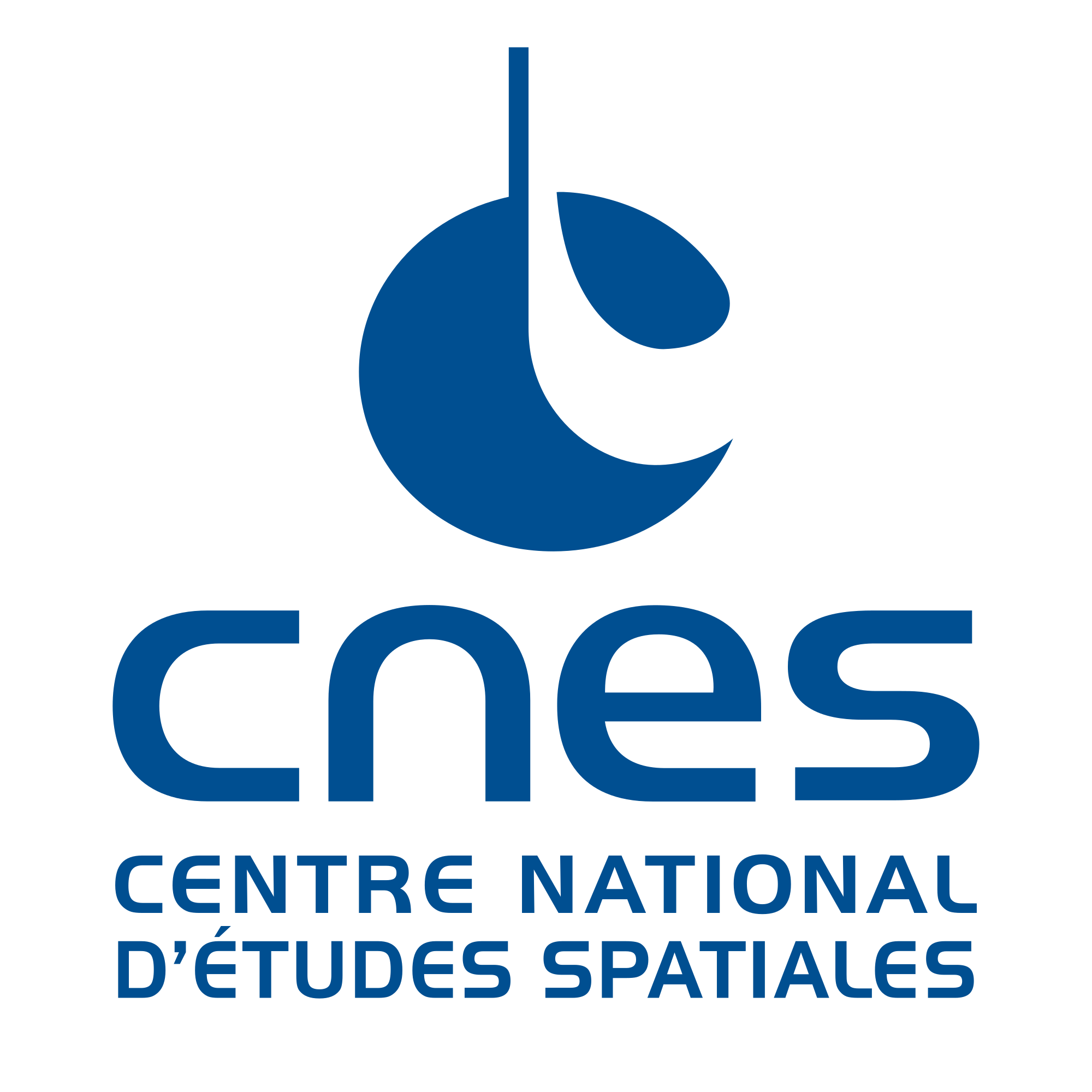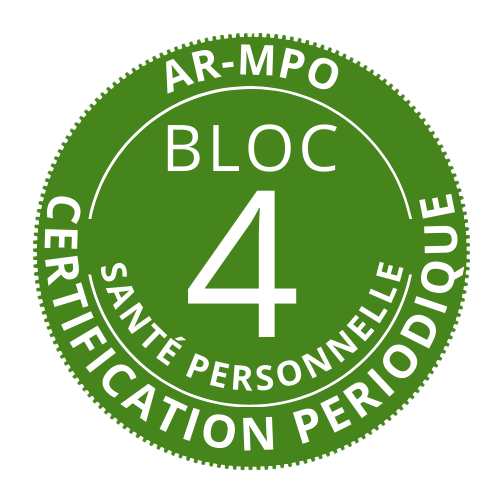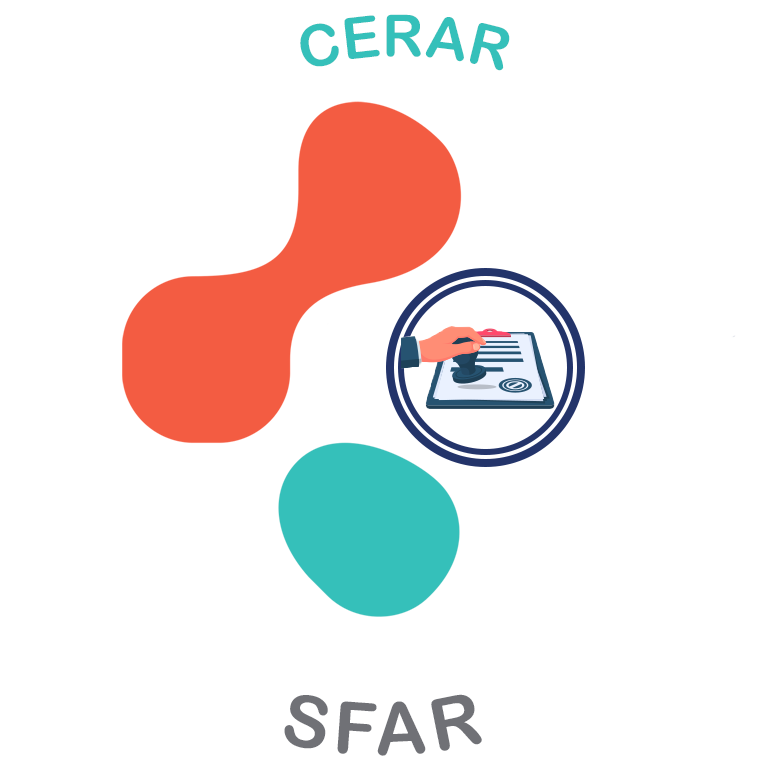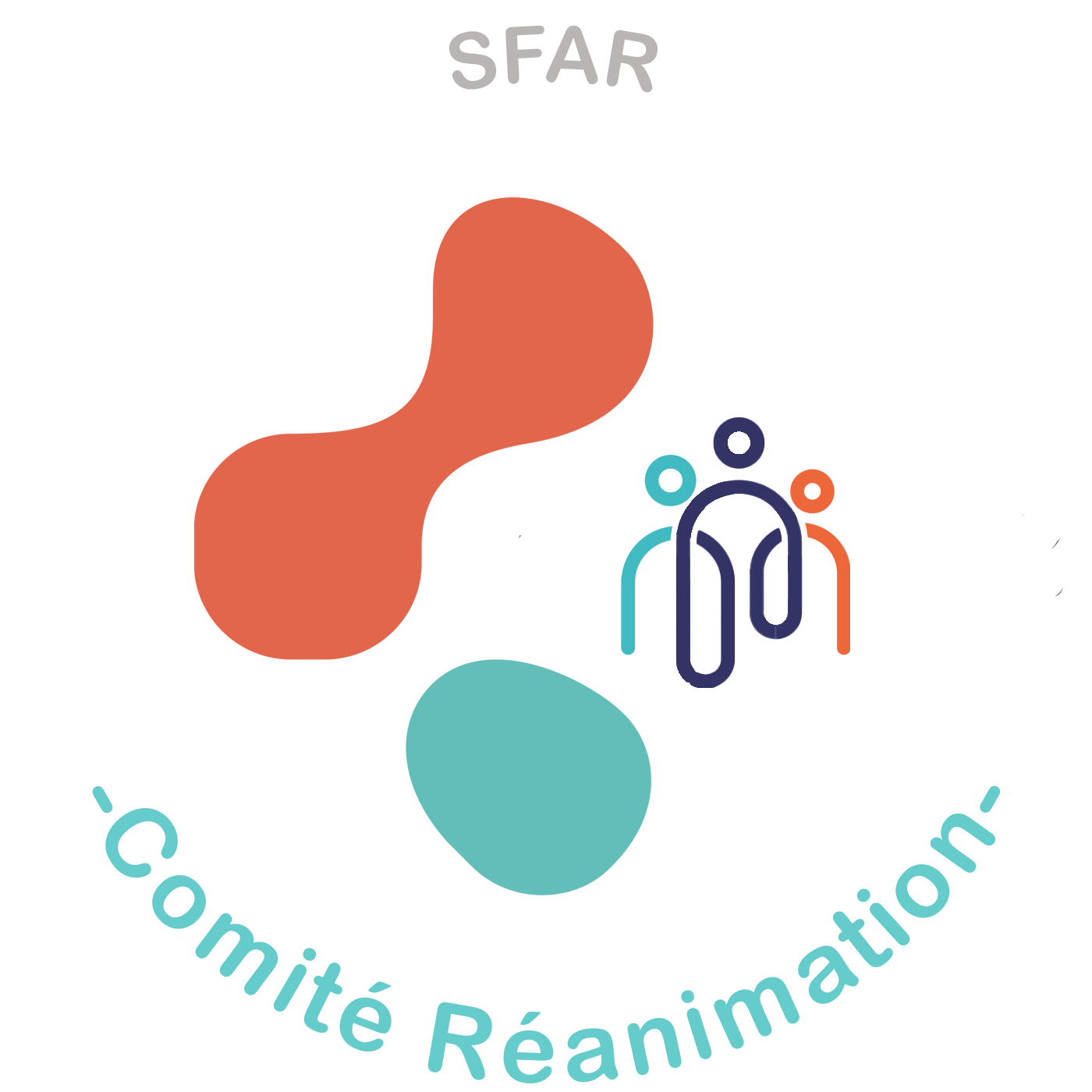Session commune SFAR / ESICM. Antibiotics and future perspectives : how improving antimicrobial strategies and infection control?
![]()
European Society of Intensive Care Medicine
Session commune SFAR / SFC. Des recommandations internationales à la pratique clinique en médecine périopératoire
![]()

Société Française de Cardiologie
ARCOTHOVA : syndromes vasoplégiques périopératoires
![]()
Association des anesthésistes-réanimateurs en chirurgie cardiovasculaire et thoracique
Club ANARLF. Prise en charge périopératoire des patients ayant une pathologie neurologique
![]()
Association de NeuroAnesthésie Réanimation de Langue Française
Session commune SFAR / CAMR / SFPC. Collaboration anesthésiste/pharmacien pour une transition écologique de l'anesthésie-réanimation



Société Française de Pharmacie Clinique
Session commune SFAR / AFIB. Connexion entre l'anesthésie-réanimation et les ingénieurs biomédicaux : équipements et récupération de données, exemples du monitorage et de la perfusion
![]()
Association Française des Ingénieurs Biomédicaux
Club ADARPEF. Au secours, j'ai une urgence pédiatrique
![]()
![]()
L’Association Des Anesthésistes-Réanimateurs Pédiatriques d’Expression Française
CNES - L'anesthésie-réanimation au delà de la Terre : enjeux et perspectives

Centre National d'Études Spatiales
Session commune SFAR / INSERM. Sommeil : on vit comme on s’endort !
![]()
Institut National de la Santé Et de la Recherche Médicale
Session commune SFAR / CNEAR. Comment apprendre… et retenir ?
![]()

Collège National des Enseignants d'Anesthésie et de Réanimation
Club CAR Echo. L’échographie au quotidien en anesthésie réanimation médecine périopératoire
Club d’Anesthésie Réanimation Échographie
Session commune SFAR / CNU. S’engager dans une carrière hospitalo-universitaire : et pourquoi pas moi ?
![]()
Conseil National des Universités
Session commune SFAR / SoFraSimS. Apports de la simulation en anesthésie-réanimation
![]()

Société Francophone de Simulation en Santé
WCVAA - 5 abstracts Other
![]()
Inducing hypoxaemia in experimental adult pigs by varying FiO2 with nitrogen.
Kate White
Concordance between rectal temperature and a core temperature measuring device with Zero Heat Flux technology in guinea pigs (Cavia porcellus) anesthetized with isoflurane: preliminary results.
José I Redondo
Morbidity and mortality related to anaesthesia for experimental myocardial infarction induction: lessons learnt from minipigs.
Daniela Casoni
Creation of digital and 3D printed models to teach the mechanisms of action and functions of benzodiazepines (BZD) in veterinary anesthesiology.
Yuri Karaccas Carvalho
Simulator for training ultrasound-guided thoracic locoregional blocks in dogs.
Yuri Karaccas Carvalho
WCVAA : everything you always wanted to know about anesthesia machines and circuits, but were afraid to ask
![]()
Whether you’re a veterinary nurse or a practicing clinician, you’ve likely worked with an anaesthesia machine hundreds of times — but how well do you really understand how it works?
This is something we typically learn very well for the exam and then forget about most of it again.
In this engaging and practical session, we’ll take a deeper dive into the inner workings of
veterinary anaesthesia machines, demystifying components like flowmeters, vaporizers, pressure
gauges, oxygen flush systems, and scavenging setups.
We’ll explore:
-
How gas flows through the machine, and what happens when it doesn’t
-
Commonly used machines -pros and con’s
-
Common equipment errors and how to troubleshoot them
-
Best practices for daily checks, maintenance, cleaning and safety
Designed to empower veterinary professionals, this talk will strip away the jargon and build
confidence around using and understanding anaesthesia machines — once and for all. We will share practical experiences and questions.
WCVAA : feline Stress Management
![]()
This lecture focuses on the unique challenges of managing stress and sedation in
feline patients. We will delve into the behavioral and physiological aspects of feline stress,
discuss effective stress-reduction techniques, and review the sedation options available.
Practical tips and case studies will be presented to help veterinary professionals improve the
care and comfort of their feline patients.
WCVAA - 5 Abstracts Other
![]()
Addition of adrenaline to irrigation fluid in diagnostic and therapeutic arthroscopy in dogs: an anesthetic approach.
Ana Zapata
Differences in distribution of ventilation between lateral and sternal recumbency in common Hippopotami measured by Electrical Impedance Tomography.
KN Kuek
Ultrasound-guided ischiorectal fossa block targeting the pudendal nerve in dogs: a cadaveric study.
Jalise Zumstein
Pharmacokinetics and postoperative analgesic efficacy of intravenous acetaminophen in dogs undergoing laparoscopic ovariohysterectomy.
Serrano Rodríguez Juan Manuel
A retrospective study of propofol requirements for induction of anaesthesia in paediatric and geriatric dogs and cats.
Vasileios Zapridis
WCVAA : not just crosses and numbers : how to optimize my anesthetic monitoring
![]()
Anaesthesia records are believed to have existed since 1895. Their general design has remained relatively unchanged since these early days. They display a combination of numerical data, graphs, and textual notes to allow the most accurate and complete documentation of all treatments and events occurring during the
perioperative period. Over the years, they have become a pillar of patient safety but their scope of use has expanded considerably. They improve communication among the surgical and hospitalisation team, ensure compliance with legal, local, or international standards, and streamline administrative and statistical tasks. Recently the development of more affordable and portable technological solutions has allowed, mostly in the human anaesthesia field, the transition from paper-based anaesthetic record to electronic ones. Electronic records can be integrated in the anaesthesia workflow at different levels: from basic digital forms to fill in manually on a tablet, to fully integrated Anaesthesia Information Management Systems (AIMS) which interface with all hospital systems and patient information databases. To improve completeness and accuracy of data input, several systems now automatically capture physiological parameters and medication administration data directly from bedside devices, such as multiparameter monitors, anaesthesia machines, ventilators and infusion systems. In veterinary medicine, despite many scientific organisations encouraging the use of anaesthesia records (paper or electronic), adoption remains poor in general practice unless obligated by law. This presentation will detail good practice for anaesthesia record creation and implementation. Barriers existing in veterinary medicine that prevent a wider adoption of these tools will be identified and discussed.
In a second part, the author will provide an overview of the advantages of electronic records compared to the paper version, while also listing some of the limitations associated with their use. Many initial criticisms and shortcomings about these IT solutions have been studied or improved through randomised clinical trials and technological improvements. Moreover, some specific drawbacks of monitoring anaesthetised animals can be mitigated with a better use of equipment and acute clinical sense.
Finally, the increasing accessibility, automation capabilities, and adaptability of electronic systems present a promising opportunity to bridge the current gap in veterinary anaesthesia record adoption. By reducing the burden of manual data entry, improving the accuracy and consistency of documentation, and enabling better integration with other clinical systems, electronic records have the potential to make
anaesthesia monitoring more efficient and appealing to practitioners in everyday clinical settings.
WCVAA : perioperative pain: drugs and treatment modalities
![]()
In this session you will learn about multimodal analgesia options for the management of perioperative pain in dogs and cats. You will gain the physiology and pharmacology knowledge needed to understand how drugs and other treatment modalities can provide pain relief before, during and after anaesthesia. We will explore how to create and implement the most suitable perioperative analgesia plan.
After the session, you should feel more confident about designing a tailored perioperative pain management plan for dogs and cats.
WCVAA - 5 Abstracts Large Animals
![]()
Cardiorespiratory and anesthetic effects of morphine or dexmedetomidine in sheep undergoing videolaparoscopic ovariectomy.
Ana Clara Barreto Pinheiro
Efficiency of isoflurane capture from anaesthetised experimental sheep.
Flo Hillen
Ultrasound-guided transversus abdominis plane block in pigs undergoing laparoscopic ovariectomy: a preliminary clinical study.
Chiara Cipollini
Five-minute exposure to EMLA cream reduces pain response to intravenous catheterisation in calves.
Dogukan Polat
Single-site ventral distal paravertebral block results in successful paralumbar fossa anesthesia in steers.
Madeline Butterfield
WCVAA - 5 Abstracts Large Animals
![]()
Effect on mechanical nociceptive threshold of intravenous or intramuscular morphine in healthy donkeys.
Ronan JJ Chapuis
Effect of the rectus abdominal sheath block with 0.2% bupivacaine in anesthetized horses on anesthesia recovery.
Stéphanie Dantino
Assessment of the pharmacokinetics and selected physiological and behavioral effects of three doses of orally administered tapentadol in horses.
Khursheed Mama
To determine the effect of the application of ice to the skin overlying the infraorbital canal on conscious equine patient compliance to infraorbital nerve block placement under standing sedation.
Shane Mart
Antinociceptive effects of the abdominis rectus sheath block with 0.2% bupivacaine in anesthetized horses.
Eutalio Pimenta
WCVAA - 5 abstracts Small Animals
![]()
Preliminary study of the use of butorphanol-midazolam or methadone-midazolam to sedate rabbits. Patricia Ruiz Lopez
Sedative and analgesic effects of intramuscular methadone in rabbits undergoing ovariohysterectomy: preliminary results.
Mario Arenillas
Pharmacokinetics of a high oral dose of a compounded tramadol hydrochloride suspension in domestic rabbits (Oryctolagus cuniculus).
Claire Vergneau-Grosset
Pharmacokinetics of a single dose of oral tramadol in brook trout (Salvelinus fontinalis).
Claire Vergneau-Grosset
Effects of temperature on sedation induced by midazolam in bearded dragons (Pogona vitticeps).
Renata Pinho
WCVAA - 5 abstracts Small Animals
![]()
Mass balance, methaemoglobin and metabolite study of [14C]paracetamol after IV and oral administration in dogs.
Ludovic Pelligand
Efficacy, pharmacokinetics and safety of liposomal synthetic cannabidiol injected subcutaneously in dogs: A randomized, blinded, placebo-controlled, crossover clinical trial.
Yael Shilo-Benjamini
Efficacy, pharmacokinetics and safety of liposomal synthetic cannabidiol injected subcutaneously in dogs: A randomized, blinded, placebo-controlled, crossover clinical trial.
Tokiko Kushiro-Banker
Evaluation of risk factors leading to poor anesthetic recovery after ocular surgery in academic small animal practice. Adrianna Sage
Cardiovascular effects of intramuscular medetomidine-vatinoxan with or without methadone in dogs anesthetised with sevoflurane.
Turunen Heta





